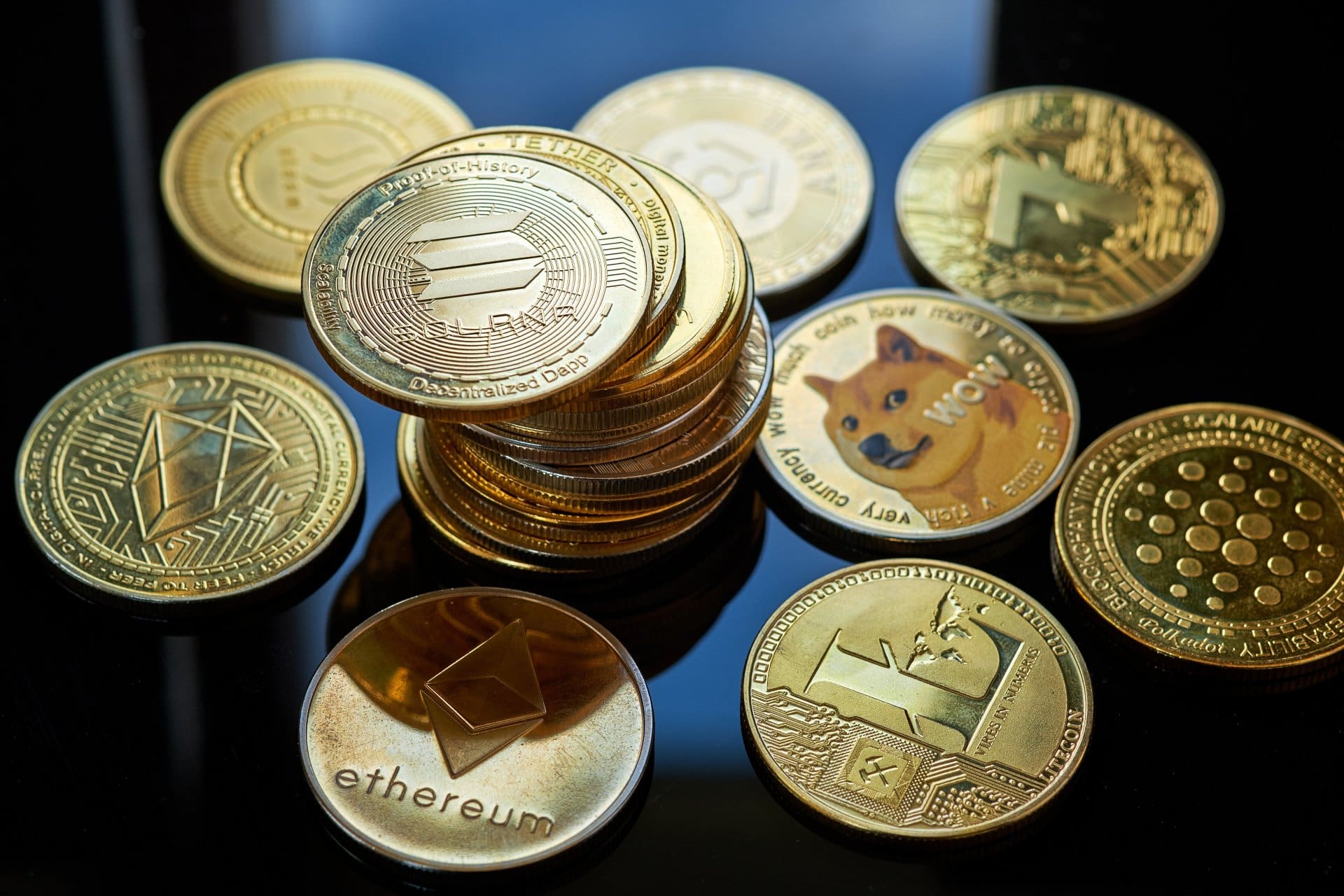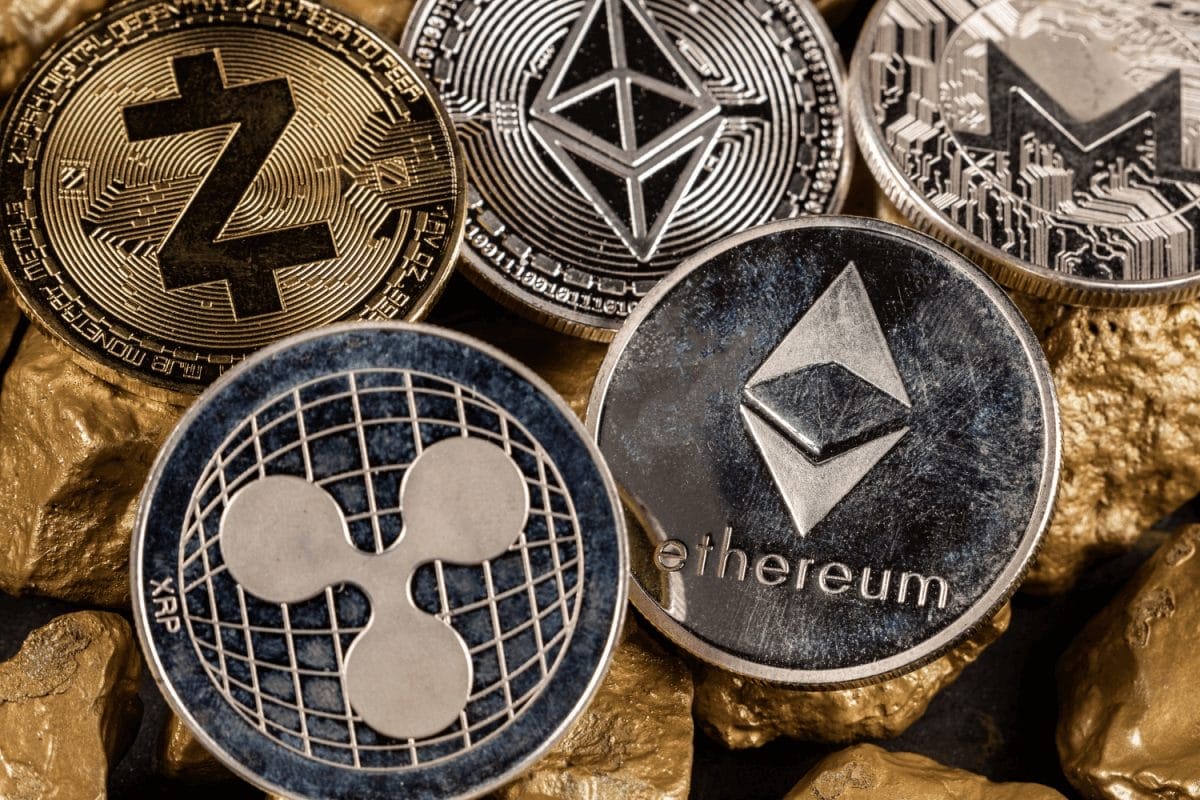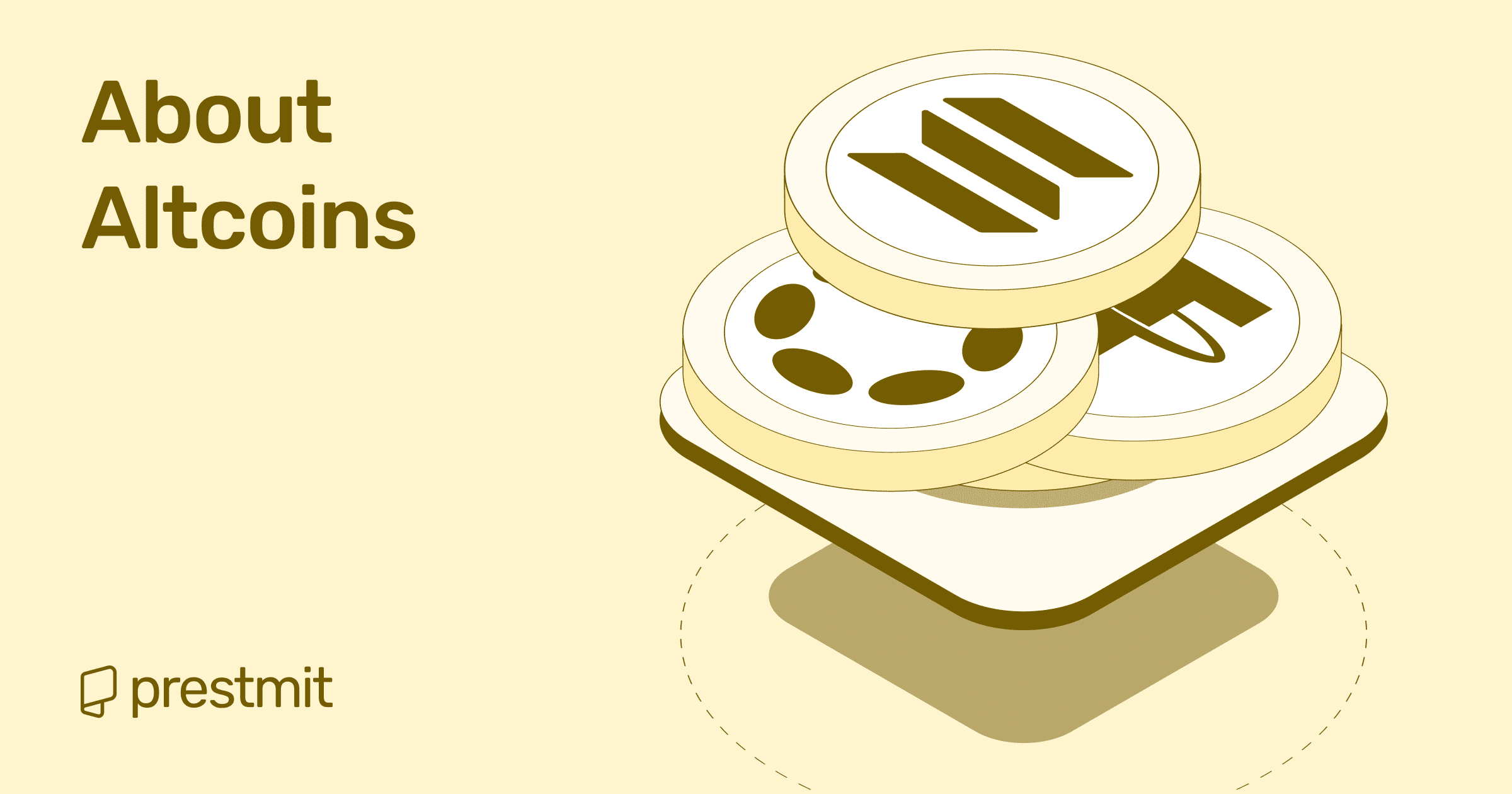Table of Contents
The world of digital assets is always in perpetual motion. Bitcoin may be dominating the headlines, but under its wings lies a side-by-side market of innovation—Altcoins. They offer faster speeds of transactions, scalable networks, and creative utilities that serve as an advanced alternative to Bitcoin.
Currently, there are thousands of Altcoins flooding exchanges, with some thriving while the majority of them fail. Of course, there are challenges such as volatility, scams, and ambiguity in this market, but there is equally huge potential. To succeed in this field, investors need more than passion—they need fast and smart thinking, verified facts, and hi-tech tools that help them see beyond the hype.
This article reveals everything vital about the buying of Altcoins, exposing their potential and risks with clarity.
What Are Altcoins?

Altcoins are cryptocurrencies that exist outside Bitcoin’s orbit. The name simply means an ‘alternative coin,’ but in the real sense, it represents different digital assets built on blockchain technology. For example, Ethereum introduced smart contracts, while Solana focused on transaction speed. For this year, Altcoins are responsible for over 55% of the whole crypto capital market, showing that they have moved beyond primary roles in the market and are onto bigger things.
They thrive by carrying out experiments. These tokens are designed to decentralize finance (DeFi), gaming, ease supply chain management, or stabilize the market. Assimilating how Altcoins work is essential because every purchase leads to a blockchain universe, each with its own economic model, community, and technical infrastructure.
Types of Altcoins
Altcoins come in multiple categories, each solving distinct problems.
| Type of Altcoin | Example | Core Purpose |
| Utility Tokens | Ethereum | Power decentralized applications & smart contracts |
| Stablecoins | USDT, USDC | Pegged to fiat currencies for reduced volatility |
| Security Tokens | Securitize | Represent ownership in traditional assets |
| Governance Tokens | Uniswap (UNI) | Grant holders’ voting rights on protocol upgrades |
| Meme Coins | Dogecoin, Shiba Inu | Driven by culture, humor, and community hype |
Each type works towards a different goal. Some are designed to be stable, some are intended to be acceptable to the Government, and others are intended to serve the community.
Advantages of Altcoins
1. Diversified Technology
Altcoins differentiate themselves by showcasing different innovations from Bitcoin. Transactions with Solana are super fast, and Zcash uses zero-knowledge cryptography to secure traders’ accounts for unmatched privacy.
By solving different problems, altcoins make sure that users engage with different coins at once, reducing the chances of one system doing everything and at the same time giving other systems the chance to thrive, thus spreading opportunity across different technological breakthrough.
2. Decentralized Finance (DeFi) Access
Many altcoins are the reason why the finance ecosystem is decentralised because they allow investors to lend, borrow, stake, and earn yield without relying on banks. Ethereum and its competitors enable users to interact with protocols that feel like traditional financial services but in a decentralized way. This not only ensures better accessibility and efficiency but also helps individuals to create their financial future while making money on the side.
3. NFT and Gaming Integration
Altcoins are the backbone of NFTs and blockchain-based gaming economies. Tokens such as AXS and MANA power virtual worlds and give users ownership of digital assets. These coins allow transactions to happen in gaming ecosystems, and because of this, we have play-to-earn models that are gradually taking over the market. These coins are taking over the entertainment and finance sphere, creating a dynamic space where ownership of virtual property translates into tangible, tradable value all over the world.
4. Higher Growth Potential
Compared to Bitcoin, altcoins often do better when the market is tough. Because Altcoins have smaller market caps, they can grow incredibly fast, and so investors have a chance to make huge gains when they invest early.
For example, during the 2021 bull run, altcoins exploded in value, the top 100 altcoins gained 174% while BTC gained just 2%. People who like big rewards usually love altcoins, but that reward comes with much higher risk and crazy volatility.
5. Driving Blockchain Innovation
Altcoins continuously push blockchain innovation forward. They don’t only scale solutions that make transactions cheaper but they also engineer features that often make crypto more acceptable.
Many projects experiment with governance, interoperability, or sustainability models, providing new approaches for global use. By being so adaptable, they ensure that blockchain continuously evolves. Adaptability ensures blockchain technology evolves, proving altcoins are not only good for investment vehicles but are also innovation engines shaping the future.
What are the Risks of Altcoins?
1. Extreme Volatility
Altcoins face the most hits when the market fluctuates. A coin’s value can skyrocket 300% in days, and crash by 90% within weeks. Because it is so unstable, traders usually think well before investing in Altcoins, that’s why conservative investors don’t patronize it. While traders may make gains, mistiming the market can wipe out portfolios. Trading is sometimes very rewarding, but if you make a wrong move, you might wipe out your entire account. You must know how to manage risk to be able to succeed.
2. Project Failure
Something that plagues the Altcoin ecosystem is project abandonment. More than 53% of coins launched during the 2021 boom are inactive in 2025. Poor development teams, lack of utility, or failed adoption are some of the reasons for this collapse. Investors holding these tokens end up with worthless assets. Understanding project fundamentals and verifying developer credibility will reduce exposure to such risks, but the chances of collapse are still present.
3. Scams and Rug Pulls
Crypto scams are on the rise, which can be evident in pump-and-dump schemes and rug pulls. Developers may hype a project with marketing campaigns and then vanish with investor funds. These fraudulent activities are preventable if proper research is done, but might still trap newcomers. The trick is to avoid anonymous teams, check audit reports, and stick to trusted exchanges, are you will be fine.
4. Liquidity Traps
Liquidity is a hidden danger in many altcoins. Tokens that are thinly traded are likely to leave investors unable to sell without causing huge price drops. This locks up funds making them impossible to exit efficiently. Coins with low trading volume or listings on obscure exchanges often carry this risk. Evaluate order books and trade activity to prevent illiquid entanglements.
5. Regulatory Uncertainty
Governments worldwide continue to access altcoins and how they should be classified and regulated. Some tokens may be labeled as securities, subjecting them to strict legal requirements. This uncertainty makes it difficult for investors to trade because that can complicate things for them. By staying informed on evolving policies, traders who want to protect their portfolios from regulatory shocks can do this easily.
How to Buy Altcoins

- Choose an Exchange you can trust – Pick an exchange that you trust like Coinbase, Binance, or Kraken, any of them that has the altcoins you want to trade.
- Create and Verify Your Account – You must confirm your identity for the account, this makes withdrawing money more secure.
- Secure a Wallet – For your own good, use a hardware wallet like Ledger or Trezor. Or for convenience, a software wallet like MetaMask.
- Deposit Funds – First, put money like dollars or euros, or even a stablecoin like USDT, into your trading account.
- Select Altcoins to Buy – research and select altcoins that have a solid foundation, good trading volume, and an active community.
- Place Your Order – Use market orders for quick purchases or limit orders to buy at specific price points.
- Transfer to Wallet – when you have purchased coins, transfer it from exchanges into your wallet to prevent it from getting hacked.
- Monitor and Manage – Don’t look away, regularly monitor how your coins are doing through sites like CoinGecko or Glassnode, and be ready to change your investments when the market changes.
Frequently Asked Questions (About) Buying Altcoins
Is investing in Altcoins safe?
Altcoins are not as safe as Bitcoin because they’re not so stable and some altcoins can just be discontinued. Trading on regulated crypto exchanges is safer. You must have a hardware wallet for security, and only invest in verified projects.
How do I know which Altcoin is worth buying?
Before you invest in any coin, you need to do your homework. Look into the team behind the project, what their technology does, and if it solves a real problem. Learn if there’s enough trading activity and if the community is active. If you cannot clearly tell the purpose of the coin or if the people behind it are secretive, that’s a huge red flag and it is probably not worth the risk.
Can I lose everything by buying Altcoins?
Yes. Many Altcoins collapse or vanish. Mitigate by diversifying and only investing what you can afford to lose.
Are stablecoins also Altcoins?
Stablecoins are altcoins. Their value is usually tied to a currency like the US dollar, that is what makes it steady and less volatile, but they’re still at risk from new regulations.
What is the best way to store Altcoins?
Hardware wallets are the safest way to store your crypto because they’re not connected to the internet. Software wallets are easier to use but can be hacked.
Conclusion
Altcoins are the wild side of crypto. They want to be faster and more useful than Bitcoin, but they’re also super risky. You’ll experience huge price swings, scams, and lots of uncertainties. To do well, you have to be ready to explore, but also be smart and careful. Buying Altcoins is not just financial; it is strategic. With the right tools, research, and risk management, investors can embrace Altcoins not as blind bets but as informed positions in the digital economy’s most dynamic frontier.
Last updated on September 22, 2025

